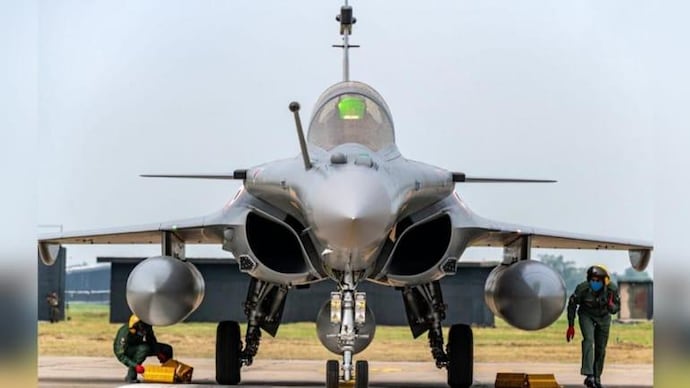SOURCE: AFI


The late Chief of Defence Staff (CDS) General Bipin Rawat emphasized the strategic necessity of purchasing 114 fighter jets for the Indian Air Force (IAF) in smaller batches. This approach aims to mitigate the risks associated with technological obsolescence and the high procurement costs inherent in a single, large-scale order. However, this method presents its own set of challenges, particularly concerning cost inflation over time due to material and manpower expenses.
Currently, state-owned Hindustan Aeronautics Limited (HAL) produced the Su-30MKI at a flyaway cost of around $62 million per aircraft. This figure is approximately $22 million higher than the cost of Su-30 jets supplied directly by Russia. Despite producing over 272 jets through batch orders, India has not achieved the cost savings one might expect from local production. Instead, the economies of scale have favored Russian production, where higher output volumes result in lower per-unit costs.
Initially, India received 50 Su-30MKIs directly from Russia, followed by a license to produce 140 units locally in Nashik. Subsequent orders for an additional 82 jets were placed, yet the production line in India peaked at 12 jets per year. This low production volume, compared to Russia’s higher output, contributed to the higher costs of Indian-manufactured jets, highlighting the impact of economies of scale on procurement expenses.
General Rawat’s suggestion to purchase 114 jets in smaller batches aimed to avoid budgetary strains and obsolescence. However, this strategy might lead to even higher costs due to the fragmented production process and inflationary pressures. Smaller batch orders could result in a production line operating below peak efficiency, potentially making locally produced jets 30-40% more expensive than those directly imported.
Instead of focusing solely on assembly, India could benefit from developing a robust local spare parts supply chain for the selected jets. This approach might prove more cost-effective than relying on Original Equipment Manufacturers (OEMs) for spare parts, as evidenced by the Su-30MKI experience. While transfer of technology agreements provide some local manufacturing capabilities, they often do not enable the replication or reuse of technologies in other projects, limiting their long-term value.
To achieve true independence from imports and enhance local expertise, India should encourage private companies to participate in domestic fighter jet programs such as the Tejas Mk1A, Tejas Mk2, ORCA, and AMCA. By involving the private sector, India can foster innovation, reduce costs, and build a self-reliant defense manufacturing ecosystem.